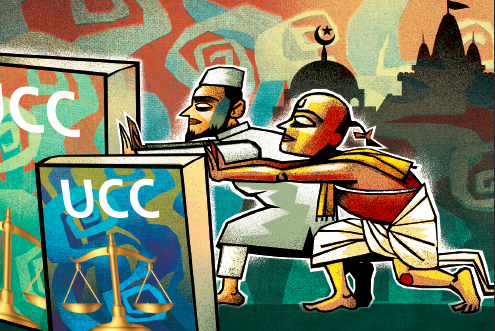
The dominant narrative about the Uniform Civil Code in the Constituent Assembly describes it as a compromise between equality and pluralism. While women members like Hansa Mehta and liberal egalitarians like Ambedkar advocated for state reform of family law, Muslim conservatives argued that this would impede their religious freedom. Muslim League members within the Constituent Assembly proposed amendments to exclude “personal law of the community” from the operation of the Uniform Civil Code. The Jamaat-e-Ulema-e-Hind demanded specific provisions for protecting Muslim personal law from interference in the future Constitution.
Given the need to ensure that Indian Muslims felt secure in a majoritarian secular leadership, the goals of equality and uniformity were deferred by placing the UCC within the non-implementable Directive Principles of State Policy. All the above facts are accurate.
However, this narrative both ignores the significant Hindu opposition to the Uniform Civil Code, as well as the fact that the impending reforms in the 1940s were in Hindu law. Muslim law had undergone significant legislative reform in the late ’30s. In contrast to their Hindu and Christian sisters, under formal law Muslim women could inherit and hold property, maintain a separate legal identity from their husband, were required to give consent to marriages and could independently sue for divorce in the courts. The Muslim legislative reforms of the 1930s were remarkable because despite years of opposition to
state interference, the community had used the instruments of the colonial state and secular lawmaking to change Muslim personal law.
Read the full article at the Times of India.